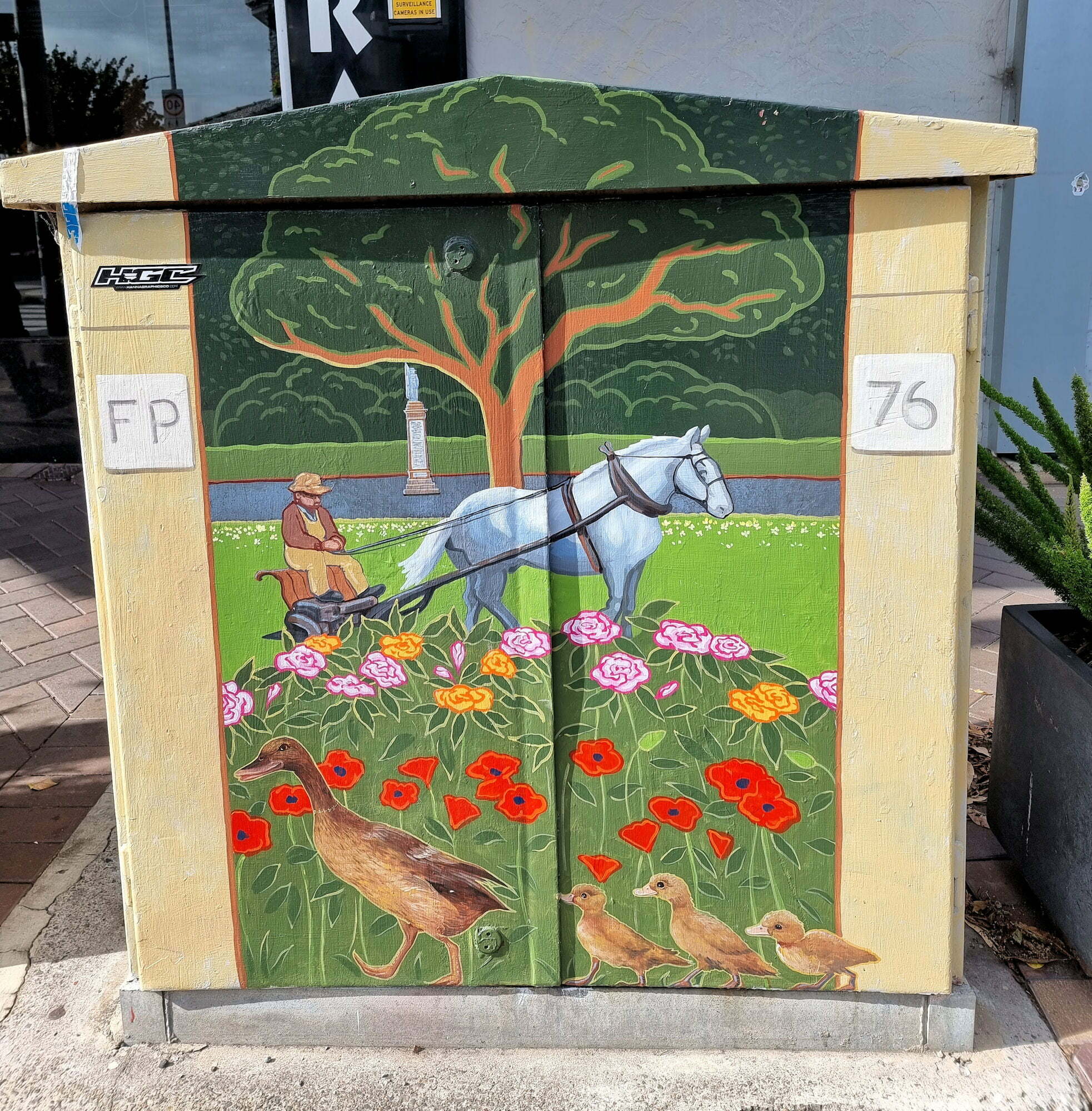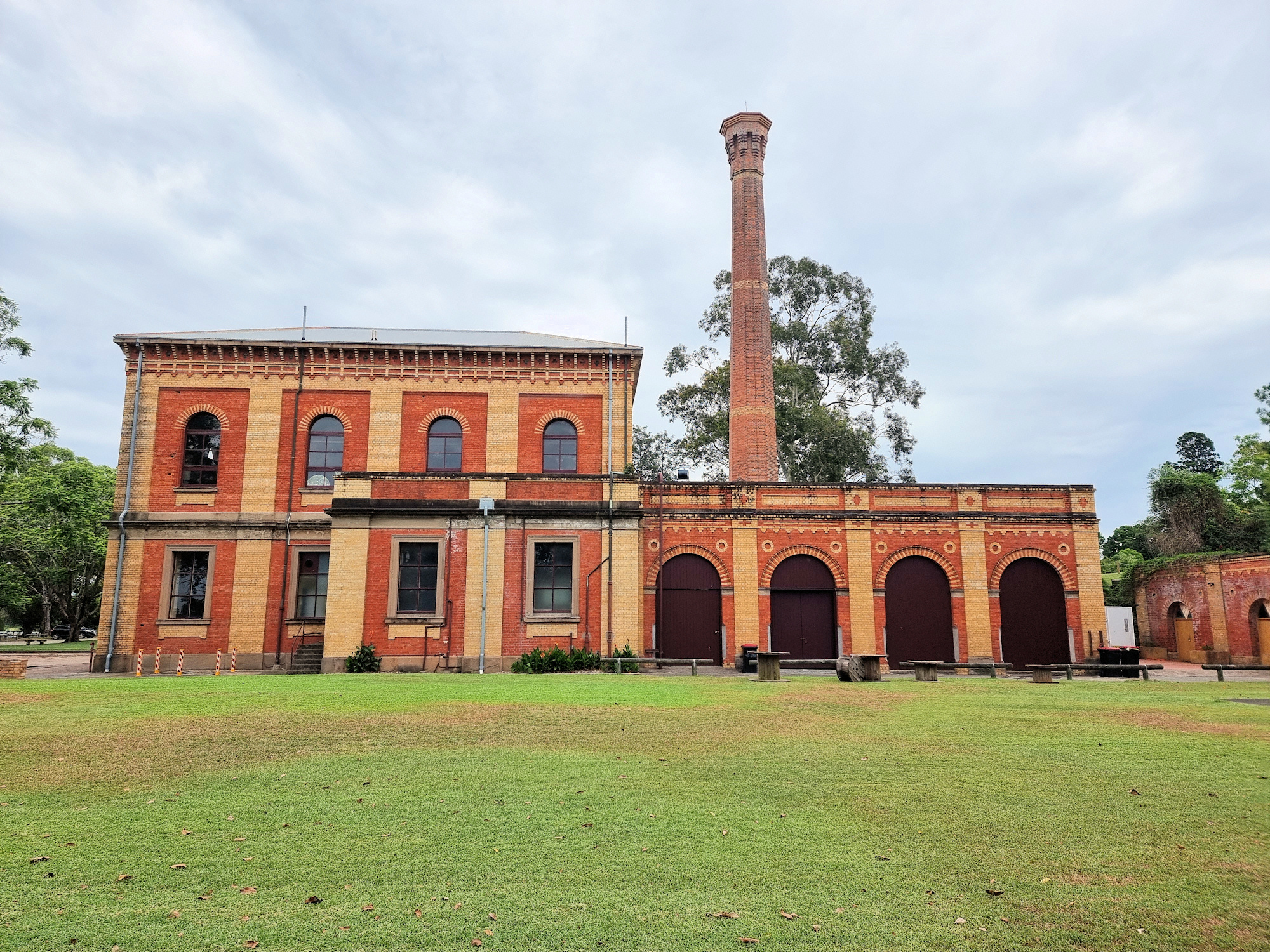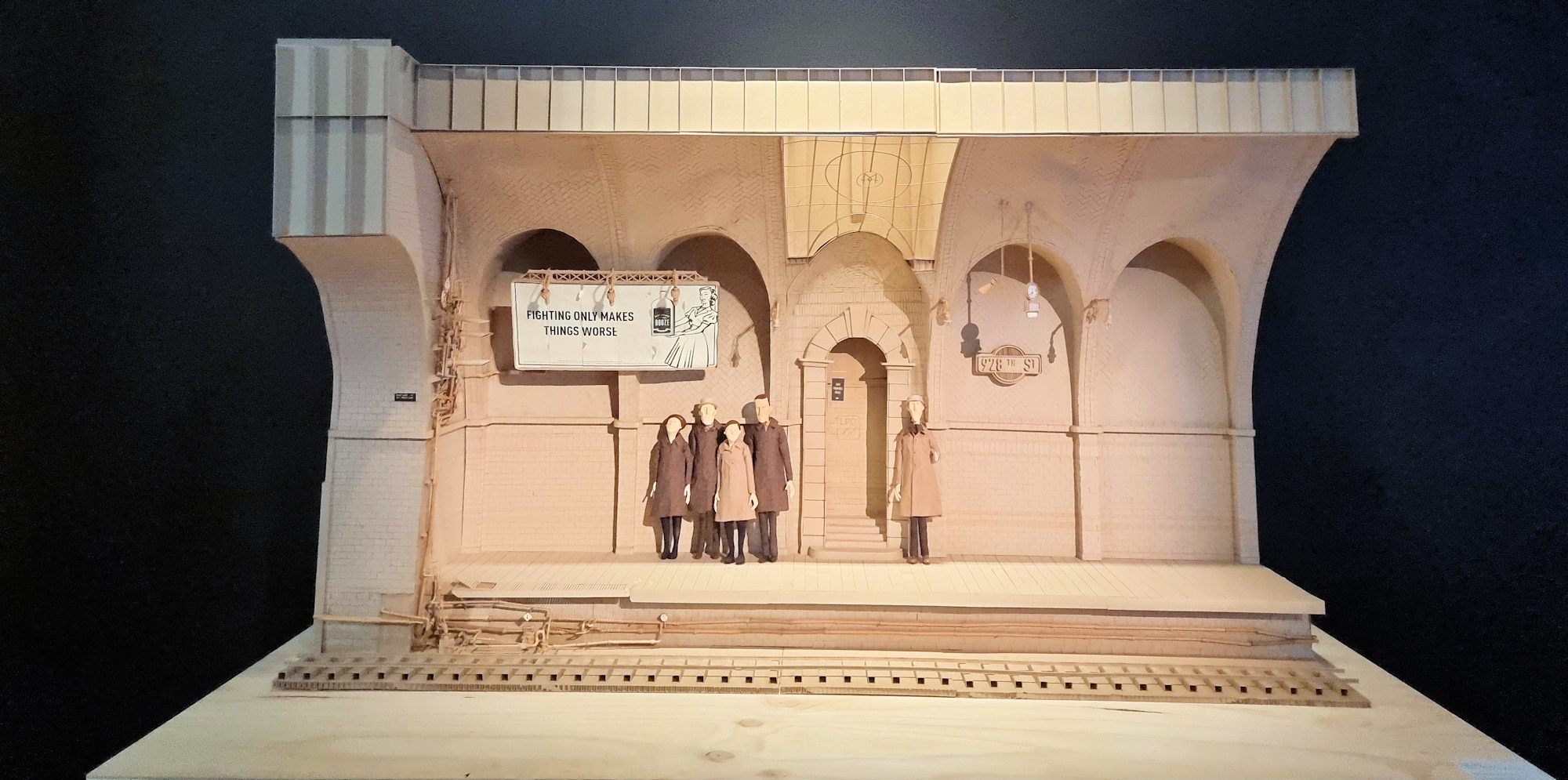Tag: Hunter Valley
-
Beaumont Street Pillar People

Beaumont Street Pillar People Beaumont Street Pillar People Following on from her work in Newcastle, Rebecca Murray has transformed the look of Beaumont Street Hamilton (New South Wales, Australia). Telephone pillars are now the Beaumont Street Pillar People, each distinct and reflecting the shops they sit outside of. We discovered them on a Sunday morning… Read more
-
Walka Water Works Maitland

Walka Water Works Maitland Once the main water supply for the Lower Hunter Valley, the Walka Water Works at Maitland is now a public reserve. With free public access, it has barbecues, picnics areas, a playground, walking trails and a 7 1/4-inch gauge miniature railway that operates passenger rides each Sunday. History of the Water Works… Read more
-
Maitland Regional Art Gallery 2022

Maitland Regional Art Gallery January 2022 Our visit to the Maitland Regional Art Gallery in January 2022 was a chance to see the galleries’ latest exhibitions. Three of the four will stay until February, but one is due to be replaced by the Archibald Prize paintings. An unusual display was the models used for a… Read more